Puncturevine
Information
Tribulus terrestris - Zygophyllaceae Family
Other common name: Goathead
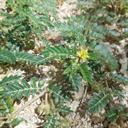
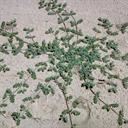
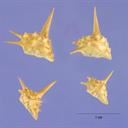
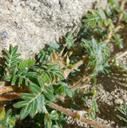
Identification
- Flowers: Yellow, five petaled flowers, approximately ½ inch in size.
- Seeds: A spiny bur, containing 5 seeds; Matures to a tan or grey and is very hard. 200 - 5,000 seeds per plant that can remain viable in the soil for 4-5 years.
- Leaves: Small, hairy, opposite.
- Flowering Time: Mid summer. Germinates and goes to seed in 2 - 3 weeks.
- Life cycle/ other: Annual forming dense mats reaching 2-5 ft in diameter.
Impacts
- The hard, spiky seed case can injure livestock, people, and pets when stepped on and can puncture bicycle and car tires.
- Infestations crowd out desirable plants in orchards, turf, pastures, and on recreational trails.
Control
Most effective control methods
- Long-term control of puncturevine can be achieved by consistently reducing the amount of seed in the soil. Burrs that have dropped after removing the plant may be collected and removed by sweeping or raking the ground.
- For small infestations of puncturevine in the home landscape and garden, the most effective management is removal of seedlings and older plants by digging or hoeing, taking care to also remove any burrs that fall off the plant.
- For larger infestations, products containing oryzalin, benefin, or trifluralin will provide partial control of germinating seeds.
- Postemergence, products containing 2, 4-D, glyphosate, and dicamba are effective when applied to seedlings.
- Biological control from two introduced weevils has been very effective in mild climates but has failed to establish in Utah, possibly because of colder winters.
Large Images
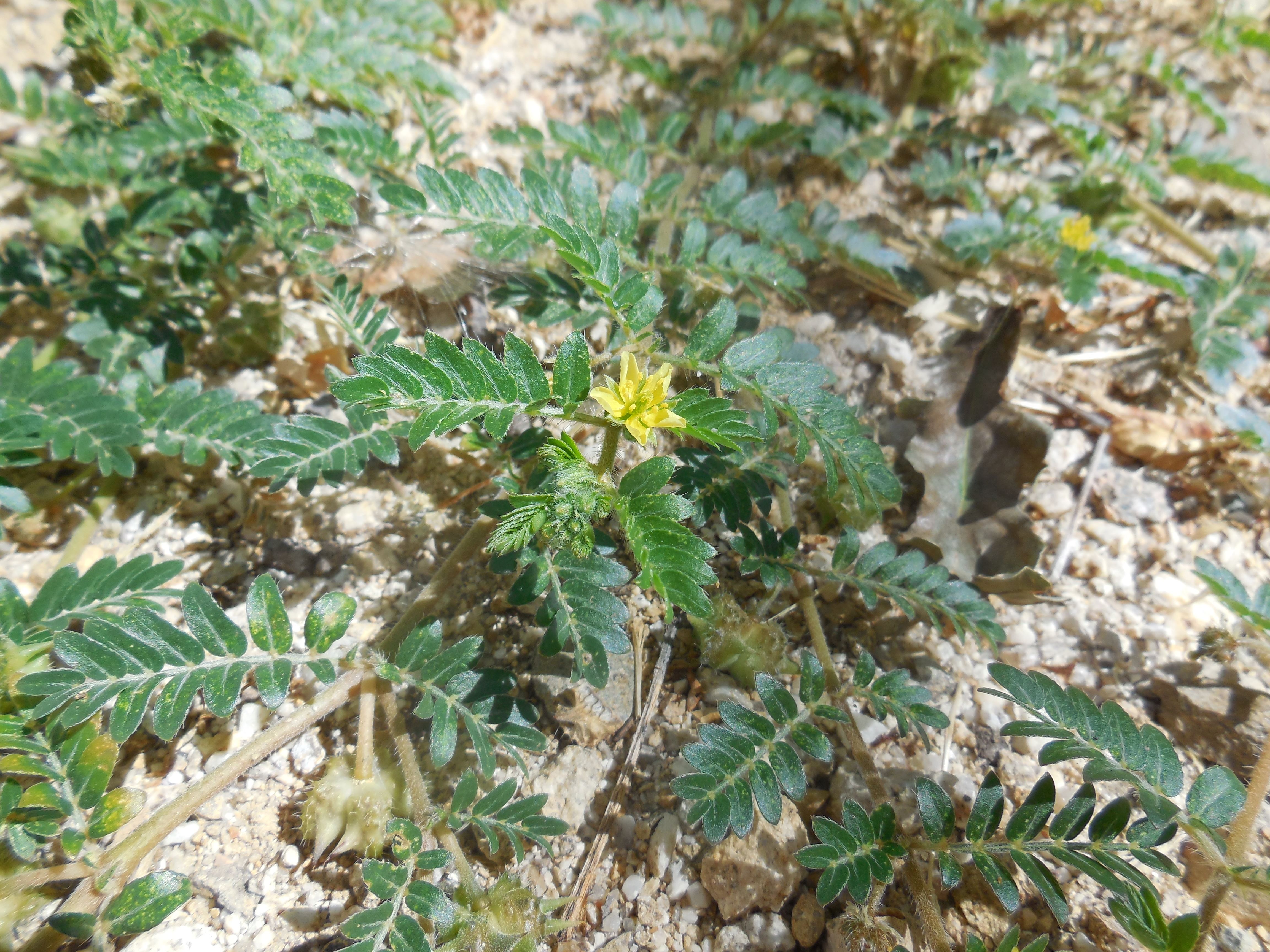
Puncturevine: flower, foliage, seeds
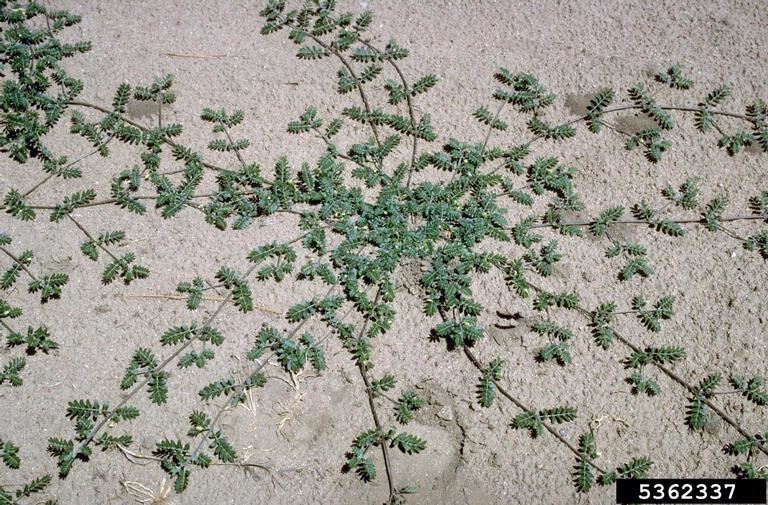
Puncturevine
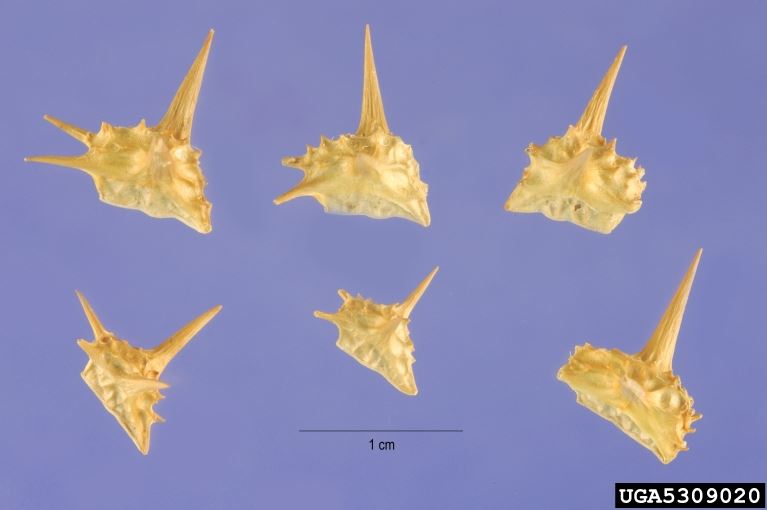
Puncturevine: seeds (often referred to as goatheads)
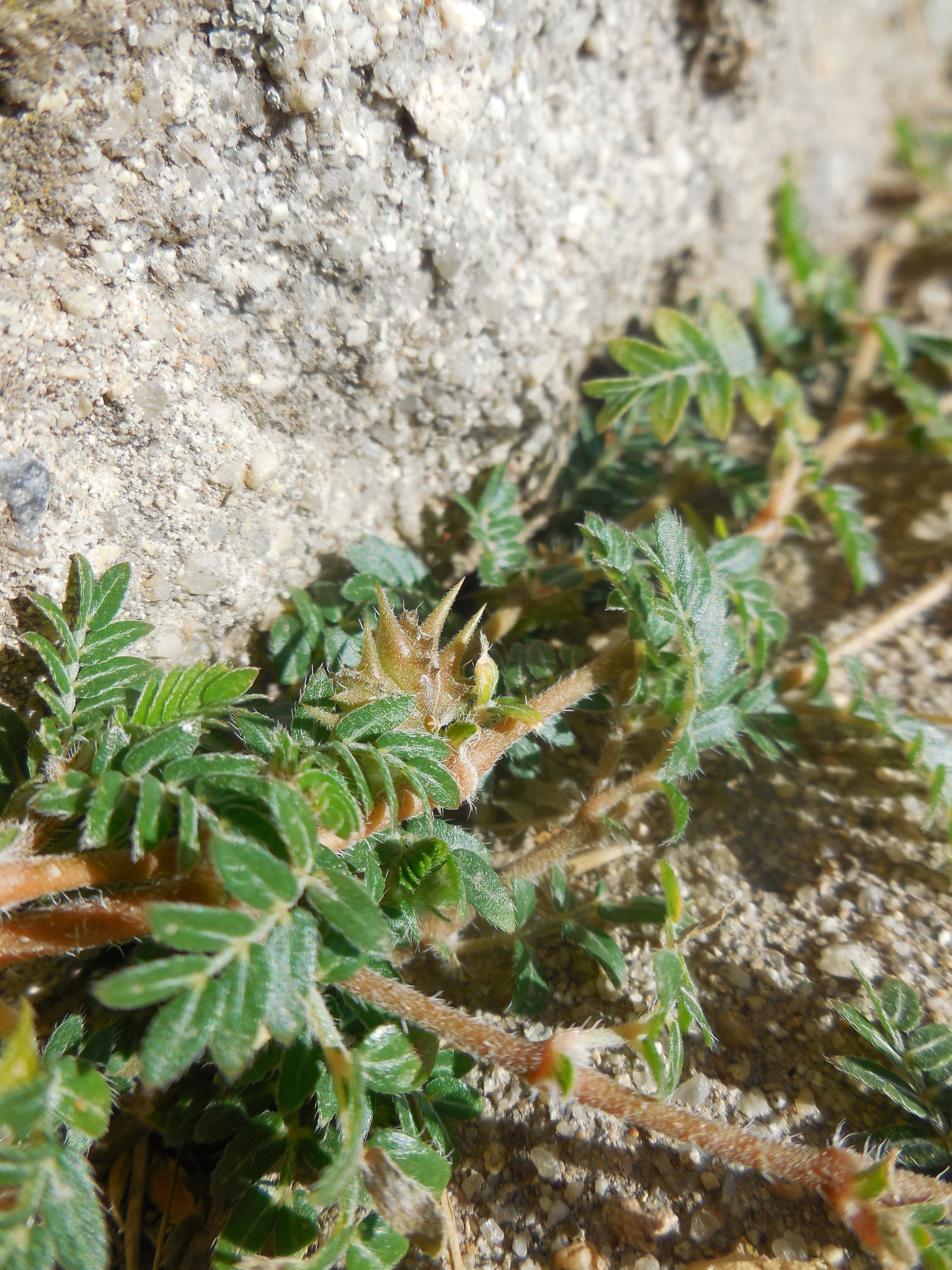
Puncturevine: foliage and seed
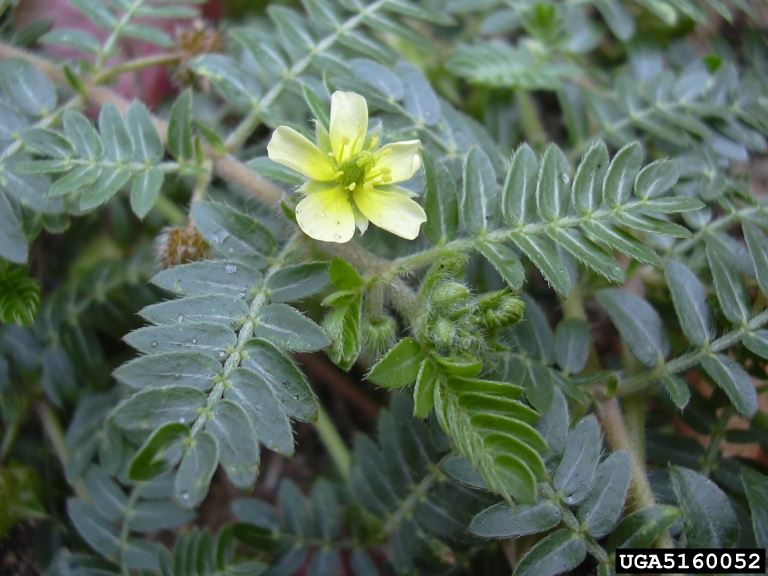
Puncturevine: flower and foliage
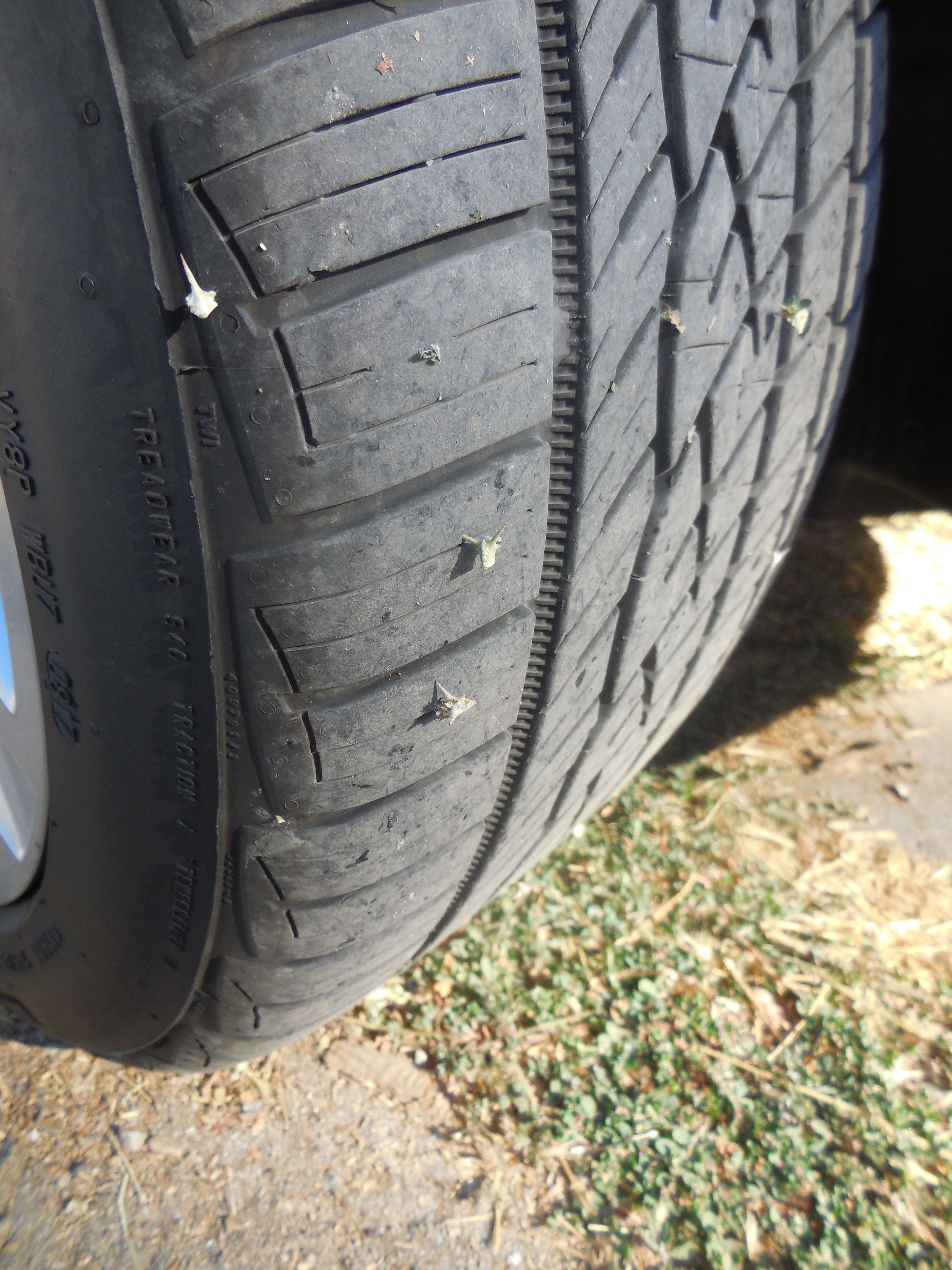
Puncturevine: seeds are sharp enough to puncture bicycle tires
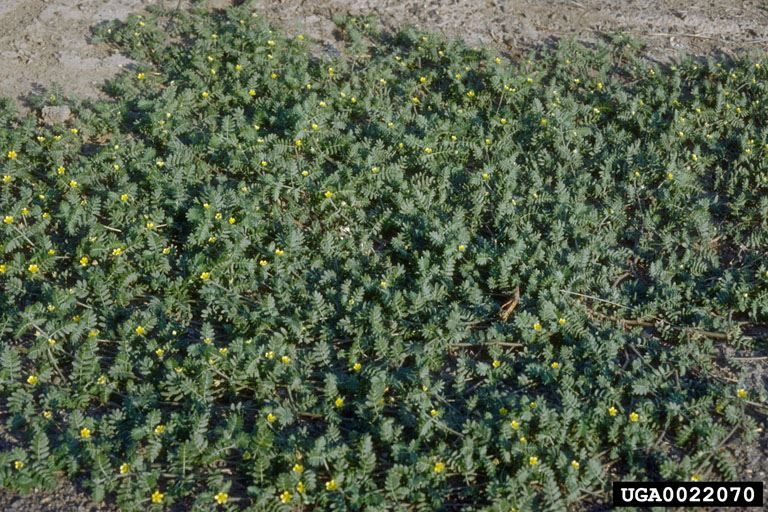
Puncturevine: infestation
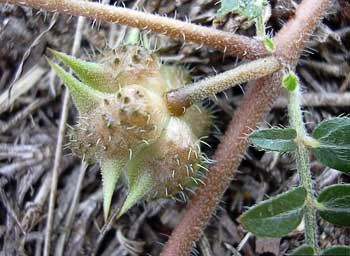
Puncturevine: seed
Resources
-
References
Donaldson, S. & Rafferty, D. (2011, April 19). Identification and management of puncturevine [PDF file]. Retrieved from https://www.unce.unr.edu/publications/files/nr/2003/FS0334.pdf View PDF
Invasive Species Compendium. (2018, June 08). Tribulus terrestris (puncture vine). Retrieved from https://www.cabi.org/isc/datasheet/54447
Parker, R. & Boydston, R. (2007, March). Puncturevine [PDF file]. Retrieved from http://cru.cahe.wsu.edu/CEPublications/pnw0133/pnw0133.pdf View PDF
Peachey, E. (2018). Puncturevine (Tribulus terrestris). Retrieved from https://pnwhandbooks.org/weed/problem-weeds/puncturevine-tribulus-terrestris
University of California Statewide Integrated Pest Management Program. (2006, March). Puncturevine. Retrieved from http://ipm.ucanr.edu/PMG/PESTNOTES/pn74128.html
Whitesides, R. (2012, May 16). How to take the bite out of puncturevine. Retrieved from https://extension.usu.edu/archive/how-to-take-the-bite-out-of-puncturvine




